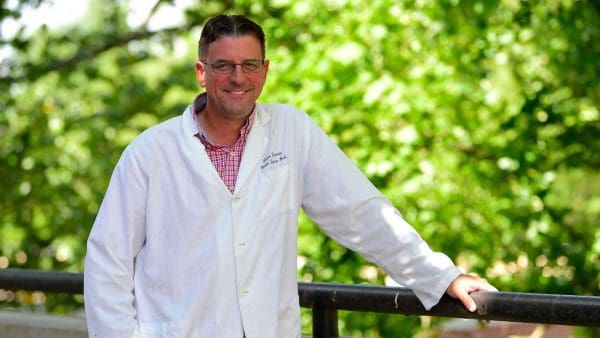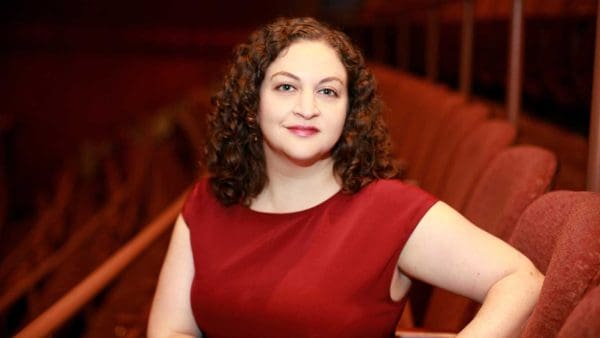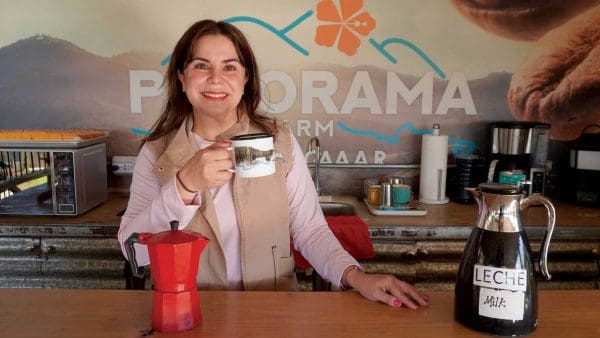The work performed at National Oceanic and Atmospheric Administration (NOAA)—a key nexus of science and public policy housed within the U.S. Department of Commerce—has an impact on Americans’ lives every day. NOAA’s broad responsibilities are for how climate intersects with industry influences. From the health of the fish we eat, the quality of the air we breathe, to even the accuracy of the weather report we consult each day.

But in mid-February, NOAA made headlines for a forecast of a different kind. A study concluding that a rapidly warming planet will cause sea levels along the nation’s coastline to rise an additional 10 to 12 inches by 2050.
NOAA Administrator Richard Spinrad ’75 sees that projection as a wake-up call for Americans to create what the agency calls a “Weather-Ready Nation.” Yet as many citizens increasingly dismiss scientific expertise, Spinrad believes it is scientists who must “build trust” and intensify public outreach.
“Just because I went to a meeting of the American Geophysical Union and gave a speech,” he observes, “maybe that family in Topeka might not be reading or listening. So how do I engage more?”
Research and public policy
Confirmed by the U.S. Senate as NOAA Administrator in June 2021, Spinrad has forged a career at the intersection of research and public policy. He’s worked in academia as a professor of oceanography and vice president of research at Oregon State University. In that time he also held an array of administrative positions, including as NOAA’s chief scientist during the Obama administration.
Spinrad says his approach to leading NOAA is not turning the agency “as they say in nautical terms, ‘right full rudder.’” He is focused on “what drives a bureaucracy? What makes it move? How do you motivate a workforce of 12,000 people around something like…Weather-Ready Nation?”
Oceans continue to fascinate Spinrad. “There is so much we don’t know,” he says. “It’s exciting to think that with every [research] cruise, and every investment that we make…there’s going to be discoveries made all the time.” His keen interest dates back to childhood: “I decided I was going to be an oceanographer in eighth grade. I was laser locked into that.”
Environmental education at Hopkins
Enrolling at Johns Hopkins helped fulfill his aspirations through a “broad environmental education.” It also gave him a chance to work with the legendary Chesapeake Bay Institute in the 1970s as an undergraduate.
If I had to put it on a bumper sticker: Hopkins taught me how to think.”
—Richard Spinrad ’75
Spinrad points to work with Hopkins faculty as a spark to his own growth. This included oceanography professor Donald Pritchard, and Jerry Schubel, an assistant professor who subsequently led the Aquarium of the Pacific. “I was rubbing elbows with extraordinary people,” he recalls. “I was learning oceanography from day one.”
Classes with the late engineering professor Leslie Kovasznay were also a highlight. “He’d start out by saying, ‘All right, if you wanted to create a life form that would live on Mars, how would you do it?’ We thought we knew everything and he would tear apart all our arguments,” he remembers. “It taught me how to think about a problem.”
Spinrad also indulged a passion for lacrosse by playing in an intramural league. But training his intellect was his foremost pursuit as an undergraduate.




